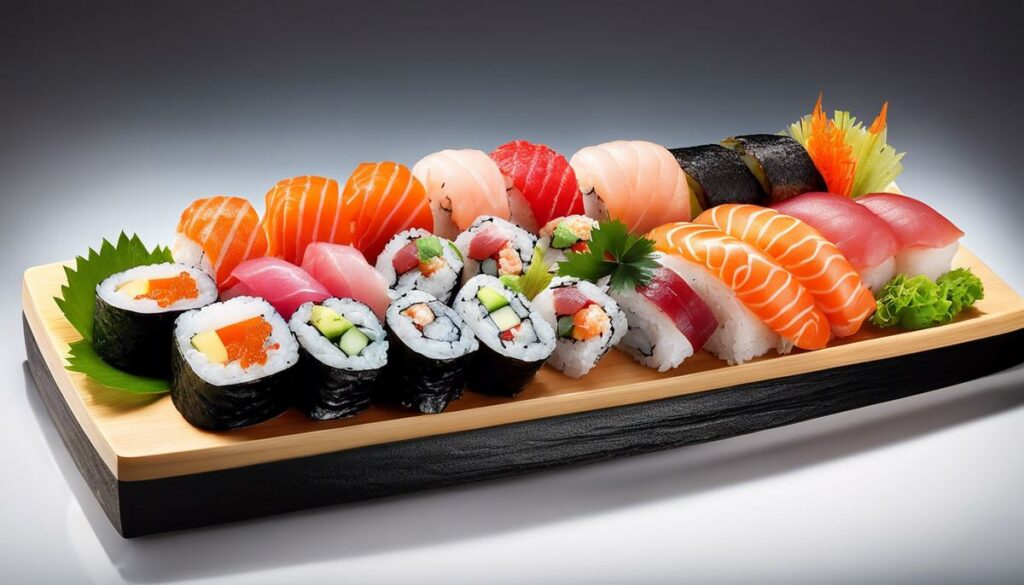The art and science of sushi preparation is attracting a growing number of enthusiasts and lovers worldwide. It is a culinary discipline that is both challenging and appealing, with an emphasis on the simplicity of ingredients and the perfection of technique. In this treatise, we explore the diversity of the sushi universe, from maki to nigiri to sashimi, and discover the fine art of presentation reflected in each artfully arranged plate. In addition to these aesthetic principles, we also look at the rich taste experience that sushi offers and give advice on how to prepare this exquisite dish at home.
From Maki to Nigiri: The Types of Sushi
Maki, nigiri, and sashimi are all synonyms that float in our minds as soon as we hear the word “sushi.” Although they are connected by the common denominator of Japanese cuisine, they differ in the most charming way. Let’s take a look at them!
Lovers of Japanese cuisine swear by the simple refinement that Maki has to offer. Classic and elegant, maki is made by wrapping rice and stuffing, typically fish or vegetables, in seaweed leaves (nori). This black-green seaweed gives the roll a distinctive flavor and is also shaped as a makisu (bamboo mat), hence the name.
On the other hand, we have Nigiri, which relies on an exquisite handwriting that sets it apart from its brethren. Nigiri refers to sushi rice over which a slice of raw fish is placed. It is a harmonious combination of two simple ingredients and pays homage to the traditional Japanese technique.
If you’re looking for a flawless embodiment of minimalism and purity, sashimi is the dish you’re looking for. Literally translated, sashimi means “pierced body,” which corresponds to the pure, thinly sliced raw fish or seafood without the accompaniment of rice. It is a real treat for the senses by showcasing the natural flavours and textures of the fish, thus offering a truly authentic experience.
A masterpiece of Japanese gastronomic aesthetics, maki, nigiri and sashimi are all different yet captivating in their own way. Each offers an experience, a symphony of taste and texture that is in a class of its own. They show the culture behind Japanese cuisine, where respect is paid to everyone, from the simplest grain of rice to the most magnificent piece of fish. Well, the next time you’re at your favorite sushi restaurant, you’ll know exactly what to ask for!
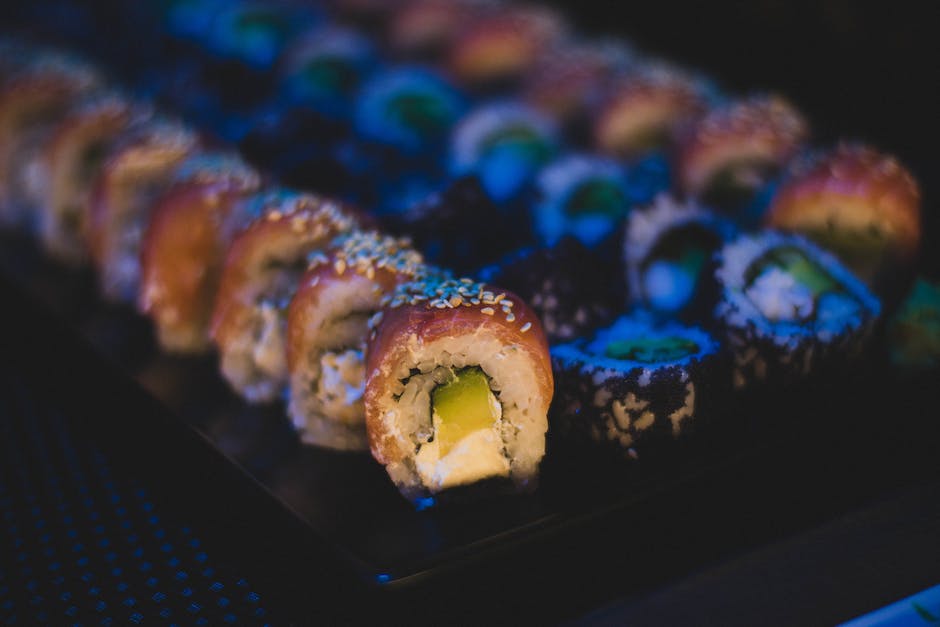
Sushi and Aesthetics: The Art of Presentation
The aesthetics of sushi presentation are undeniably a fundamental part of this culinary art form. From the very first glance at a sushi plate, you immediately see the attention to detail and precision that has been invested in every piece of sushi. All elements, from color to texture to the arrangement of the individual pieces on the plate, have a special significance.
Die Anforderungen an die Sushi-Ästhetik reichen weit über die Grundzutaten hinaus. Sushi-Meister nutzen eine Vielzahl an Deko-Varianten. Nicht selten wird jeder Teller als individuelles Kunstwerk betrachtet, das zu einer kompletten und unvergesslichen Geschmackserfahrung beitragen kann. Verwendet werden
- Tabellen
- Sushi-Matten
The sushi itself must also be made with enormous precision. This requires a lot of practice, skill, and a reverent attitude towards the ingredients used. A good sushi is not only tasty, but also fulfills an important social function by serving as a sign of respect and hospitality.
In addition, the precise and detailed aesthetic of sushi also symbolizes the culture and heritage from which it comes. We are witnesses not only to Japan’s rich food culture, but also to the subtle artistry and craftsmanship that have made sushi an integral part of Japanese identity.
Sushi thus remains not only a gastronomic highlight, but becomes a visually impressive experience that delights and sometimes even amazes the palate and the eye. It’s the ultimate fusion of art and food, where aesthetics and presentation are just as important as taste and texture.
In this sense, the deep respect and appreciation for the art of sushi preparation is best expressed through a careful, creative, and visually appealing presentation. It is the physical proof of quality, originality and mastery of skill. Like a painting in a gallery, each piece of sushi is a work of art in itself, attracting the eye and leaving a lasting impression. It is these aspects that make the presentation of sushi so important and make it unique.
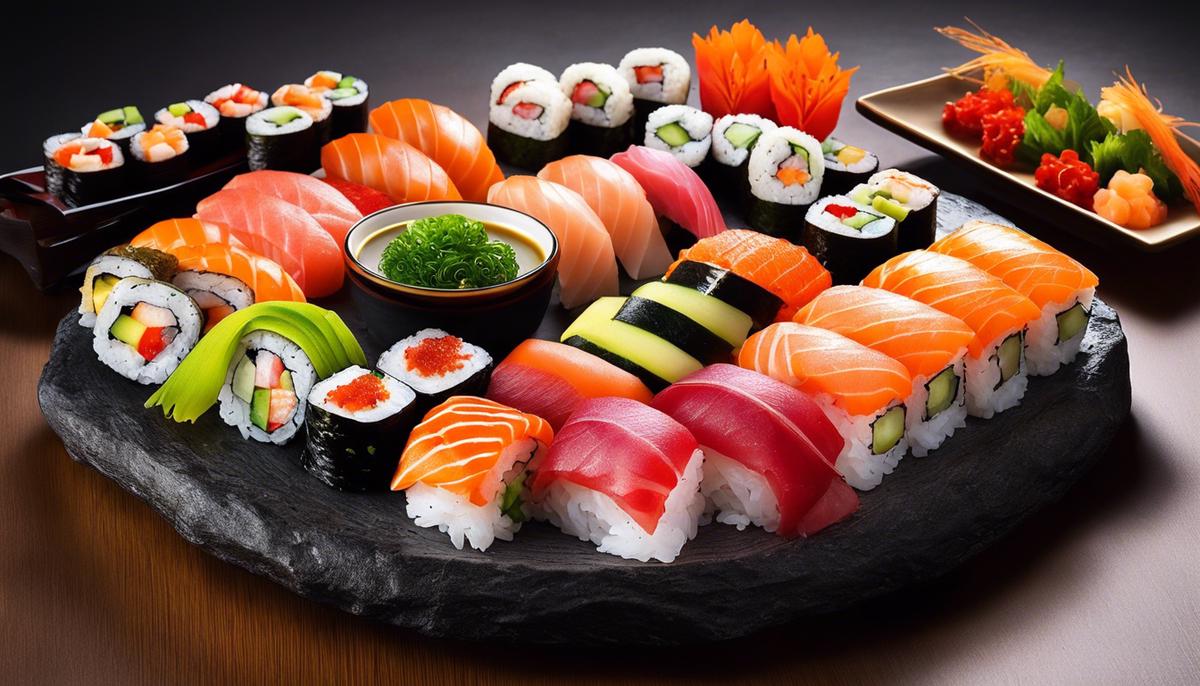
The Taste of Sushi: Discover the world of flavours
Let’s take a closer look at the exploding flavors in the sushi world. The magical collaboration of flavors is what makes sushi recipes a true culinary delight. The harmonious mixture of sweet, sour, salty and umami – the so-called “fifth taste” – plays a decisive role.
The secret of the daring flavor combinations of sushi lies in the careful composition of the ingredients. A true sushi master balances fish, seafood, rice and a variety of spices and side dishes to create a spectacular explosion of flavours. For example, if we like the spice of wasabi, the sweetness of sushi rice, the acidity of pickled ginger, the umami sophistication of soy sauce, or the salty note of nori – all these elements contribute to the final taste experience.
Another exciting aspect is the temperature of the ingredients. The right temperature is important not only for the texture and taste of fish and seafood, but also for the development of flavor notes throughout the sushi roll. Rice served cold can soften the warmth of a freshly cut nigiri or sashimi, while room temperature can release the intense flavor of wasabi or ginger.
In addition, sushi masters immortalize their skills by arranging the food. Whether sushi is shaped into a minimalist art form or offered as an opulently developed tableau, it requires attention and precision. Each ingredient should be visible and easily recognizable, which adds to the visual enjoyment.
At the end of the day, sushi is more than just a meal. It is a statement of our appreciation for aesthetics, precision and culinary finesse. It is a sign of hospitality and a celebration of Japanese culture. It’s a fusion of art and food. Each piece showcases the craftsmanship and philosophy of the sushi master. And each bite is a tribute to the rich culinary tradition it represents.
So it’s no wonder that sushi is now appreciated worldwide for its seductive aesthetics and extraordinary taste compositions. The art of sushi preparation is to create an experience that appeals to all the senses and offers a true taste experience. It challenges us to appreciate every bite and discover the subtle nuances of flavors. It is an expression of a lifestyle that praises both good nutrition and artistic expression – in the spirit of the modern lifestyle.
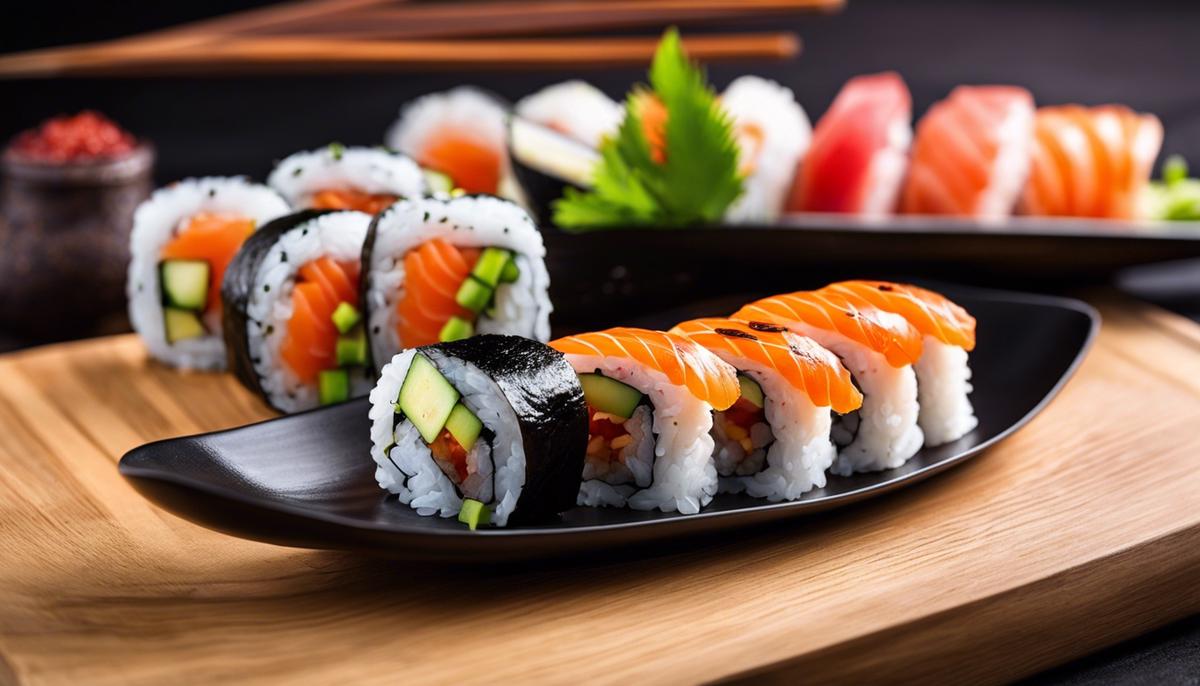
Sushi at home: instructions for making it
The beauty of the preparation of sushi lies precisely in its apparent simplicity. If you want to make sushi at home, you’ll be pleased to know that you don’t need elaborate equipment. A sushi mat, a large wooden spoon, a sharp knife, and a rice cooker are the essential utensils for getting started.
Now it’s all about the ingredients. Sushi rice is a must. Look for a special short- or medium-grain rice. Longer rice doesn’t have the right consistency and is sticky enough for sushi. The rice is then infused with rice vinegar, salt, and sugar to give it a subtle flavor that complements the sushi fillings.
One of the main ingredients you’re probably associated with sushi is fish. Fresh, high-quality raw fish is crucial for sushi, especially sashimi and nigiri. However, there are many sushi variations that use cooked fish, seafood, or even vegetarian fillings.
Vegetables offer a crunchy texture and vibrant colors to your sushi roll. Avocado, cucumber, carrots and radishes are just some of the possible ingredients. Don’t forget to buy nori sheets for the outside of your roll. The roasted seaweed leaves give the sushi structure and an unmistakable taste.
A variety of toppings and sauces are used to round out sushi and add extra flavor. Soy sauce, wasabi and pickled ginger are classic accompaniments. Sesame seeds and caviar can be used as decoration.
The combination of taste, texture and aesthetics is the key to the success of sushi cuisine. Each sushi roll is a reflection of the chef and his view of the world.
Sushi making can be a wonderful way to learn a new technique, learn from another culture, and create a meal that is both satisfying and aesthetically pleasing. It requires respect for the ingredients, precision in execution, and the ability to achieve balance and harmony in every bite.
Ultimately, as with all the arts, making sushi requires practice and patience. But trial and error is part of the fun. So, what are you waiting for? Immerse yourself in the wonderful world of sushi and take your culinary skills to the next level.
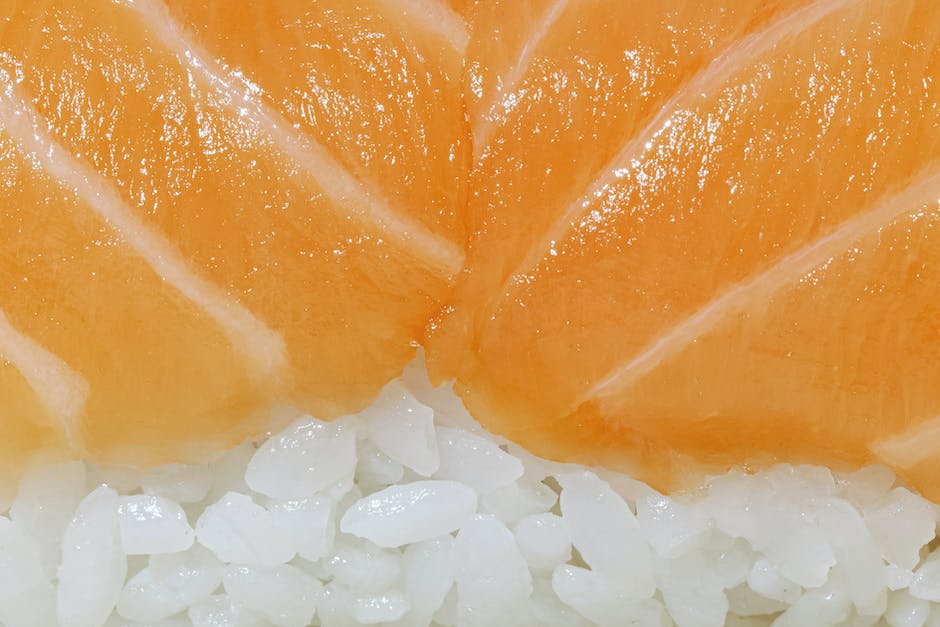
After a thorough investigation of the rich sushi universe, from how to make maki, nigiri and sashimi to understanding the aesthetics and tastes of this art form, we have arrived at the end of our journey of discovery. and the taste of this wonderful dish. Making sushi can be a challenge at first. But with practice and dedication, creating your own sushi rolls and pieces becomes a fulfilling and fun project. May this deep understanding of the art of sushi open a door to further culinary discoveries and whet the appetite for further gastronomic adventures.
